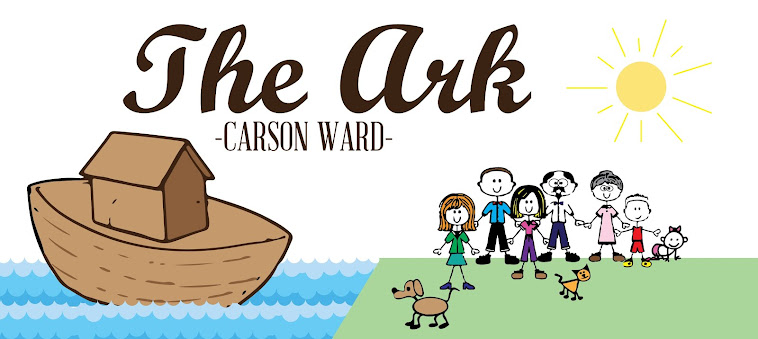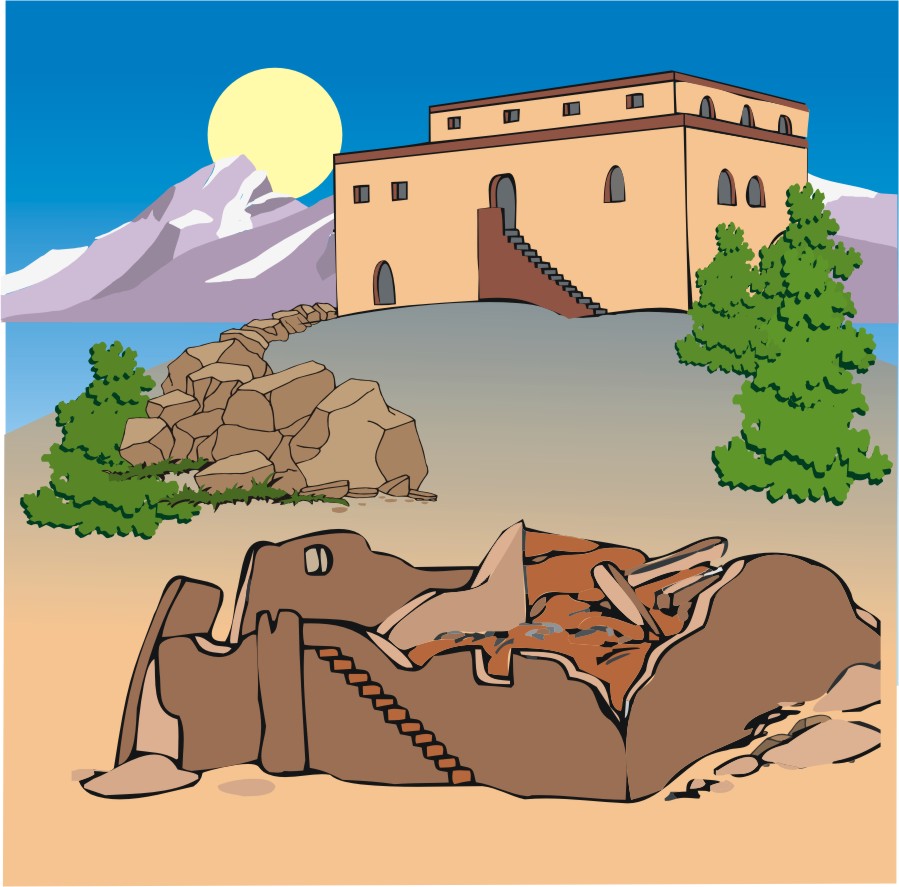Hi Carson Ward Family, Family and Friends,
PERSEVERANCE...Never, Never Give Up!
Some get discouraged
Some think I'll never catch up
Some think they can't do it
Some do not know where to start
Some do not know how much to store
Some say where will I put it all
Some think it is expensive
Some don't even try
Some just give up
Some make a plan
Some take a step at a time
Some add a little at a time
Some keep trying
Never, never give up! Food and water storage, emergency supplies and preparedness take a life time, step by step. I have been working on our food storage and emergency preparedness for 40 years. It is an on going process that requires rotation of food and water storage, and constantly adding more and newer emergency preparedness supplies. No one can do it overnight or even in a week or two, or a month. Do not get discouraged. Just take it a step at a time. Each week add 1 or 2 extra cans or packages of food.
If you have no food or water storage, the best thing you can start with is the 72 Hour Individual Emergency Backpack Kit which has a food kit, a hygiene kit and a stressor kit enclosed, along with some other items. Since the beginning of this year we have been working on this by adding one food item each week. Scroll through the past several weeks to see what we have been adding each week. Once we are done with the food kit, (one more week) we will be working on the hygiene and stressor kits. While your are working on this, you can still add 1 to 2 cans or packages of food items each time you go grocery shopping, purchase items that are on sale to save money.
Regarding food and water storage, the best thing you can do is keep track of what you and your family eat for a month. Then multiply it by 3 months, 6 months, or 12 months, what ever is your goal. Then work towards your goal, adding a little each time you go grocery shopping. Before you know it, you will meet your goal. Let's say you set a goal for 3 months of food and water storage. Once you meet your goal, then increase it to 6 months and then 12 months.
Here is a great 3-Month Food Storage chart that may help you. Click on the link below, then scroll down to the PDF file you can print, "3-Month Food Storage Plan for one adult, pdf"
Also check out our blogs 3 Month Food Storage posting on the link below or under "Postings" on the right side of this blog.
Note: Some countries limit how much you can store. Store what you can.
Emergency supplies are a little more expensive and usually take a little longer. Watch for sales. I only purchase emergency supply items when they are on sale. Add at least one way to cook, a way to have light, a way to have heat, a way for sanitation, a way for shelter and blankets or a sleeping bag. etc.. Set goals for bigger items. I am currently saving for a solar oven. See all the blog postings on the right under "Postings" for ideas. I am currently revising them with updates and adding video clips/links and more photos. I just completed "Disaster Situations and what to do".
 Be creative in where you store your food storage and emergency supplies. I have things stored all over our house. If possible, try to not store food and water in the garage, too hot. Example: Purchase end and bedside tables and coffee tables with storage underneath them. Clear out things you do not need and organize closets, cupboards and under beds for more storage space. See the blog posting "3 Months Food Supply" and Food Storage Rotation" under "Postings on the right side.
Be creative in where you store your food storage and emergency supplies. I have things stored all over our house. If possible, try to not store food and water in the garage, too hot. Example: Purchase end and bedside tables and coffee tables with storage underneath them. Clear out things you do not need and organize closets, cupboards and under beds for more storage space. See the blog posting "3 Months Food Supply" and Food Storage Rotation" under "Postings on the right side. Perseverance and rotation are the keys to food and water storage and emergency supplies. Never, never give up! Keep trying and before you know it, you will have reached your goals.
More ideas: As you scroll through the last 3+ years of weekly blog postings you will find more great ideas to help you with your food storage, emergency supplies and emergency preparedness. Also, check out all the postings on the ride side for more ideas.
Weekly Assignment: 72 Hour Individual Emergency Food Kit...
 3 small packages, or 1 large package (1 pound bag), of trail mix per each individual family member's food kit. IMPORTANT: If you add 1 large package of trail mix, also add 2 small zip lock baggies. Once you open the large package, divide into thirds, eat the first third per the menu, and then put the other 2 into the 2 small zip lock baggies for the next 2 days. Add this item to each family member's 72 Hour Individual Emergency Food Kit. Place in a large zip lock bag along with the items we have already added: 3 granola bars, 3 juice/fruit box drinks, 3 small boxes of raisins, 3 packages of instant hot chocolate, 3 packages of instant oatmeal, 3 small fruit cups or apple sauce, 3 packages of peanut butter or cheese crackers and 3 packages of instant dry soup mix for each family member's Food Kit.
3 small packages, or 1 large package (1 pound bag), of trail mix per each individual family member's food kit. IMPORTANT: If you add 1 large package of trail mix, also add 2 small zip lock baggies. Once you open the large package, divide into thirds, eat the first third per the menu, and then put the other 2 into the 2 small zip lock baggies for the next 2 days. Add this item to each family member's 72 Hour Individual Emergency Food Kit. Place in a large zip lock bag along with the items we have already added: 3 granola bars, 3 juice/fruit box drinks, 3 small boxes of raisins, 3 packages of instant hot chocolate, 3 packages of instant oatmeal, 3 small fruit cups or apple sauce, 3 packages of peanut butter or cheese crackers and 3 packages of instant dry soup mix for each family member's Food Kit. Note: We only have 1 more item (water) to add to the 72 Hour Individual Emergency Food Kit. Then we will work on the snack items, there are only 4 items.
IMPORTANT: If you have diabetes or any other health issues, consult with your doctor regarding the food menu. This is a high calorie, high fiber menu since this is all you will probably be eating in an emergency situation.
Emergency Preparedness:
Emergency Out of State Contact Person...Each family needs a family member or friend who lives out of state to contact in case of an emergency situation, like an earthquake or other disaster. Each family member should carry that person's name and phone number in their purse, wallet or backpack. Your child's school should have the information on their emergency card in case there is a disaster and they cannot get hold of you.
When you call the contact person, each person calling needs to let the family member or friend know if they are alright, if they have any injures and what they are, where they are or will be going, and how to contact them if necessary. When each person in your family calls they can find out where and how other families members and where to meet. Remember, in an emergency situation, do not tie up the phone lines with unnecessary calls. They need to be kept open for emergency personnel. Try texting before calling, it is usually easier to get through.
If you click on here you can download and print out a copy of the Emergency Out of State Contact Person cards I created. It is best to laminate the cards to protect them from moisture.
If you click on here you can download and print out a copy of the Emergency Out of State Contact Person cards I created. It is best to laminate the cards to protect them from moisture.
Comments: All your comments, ideas, suggestions and experiences are welcome! We all learn from each other.







